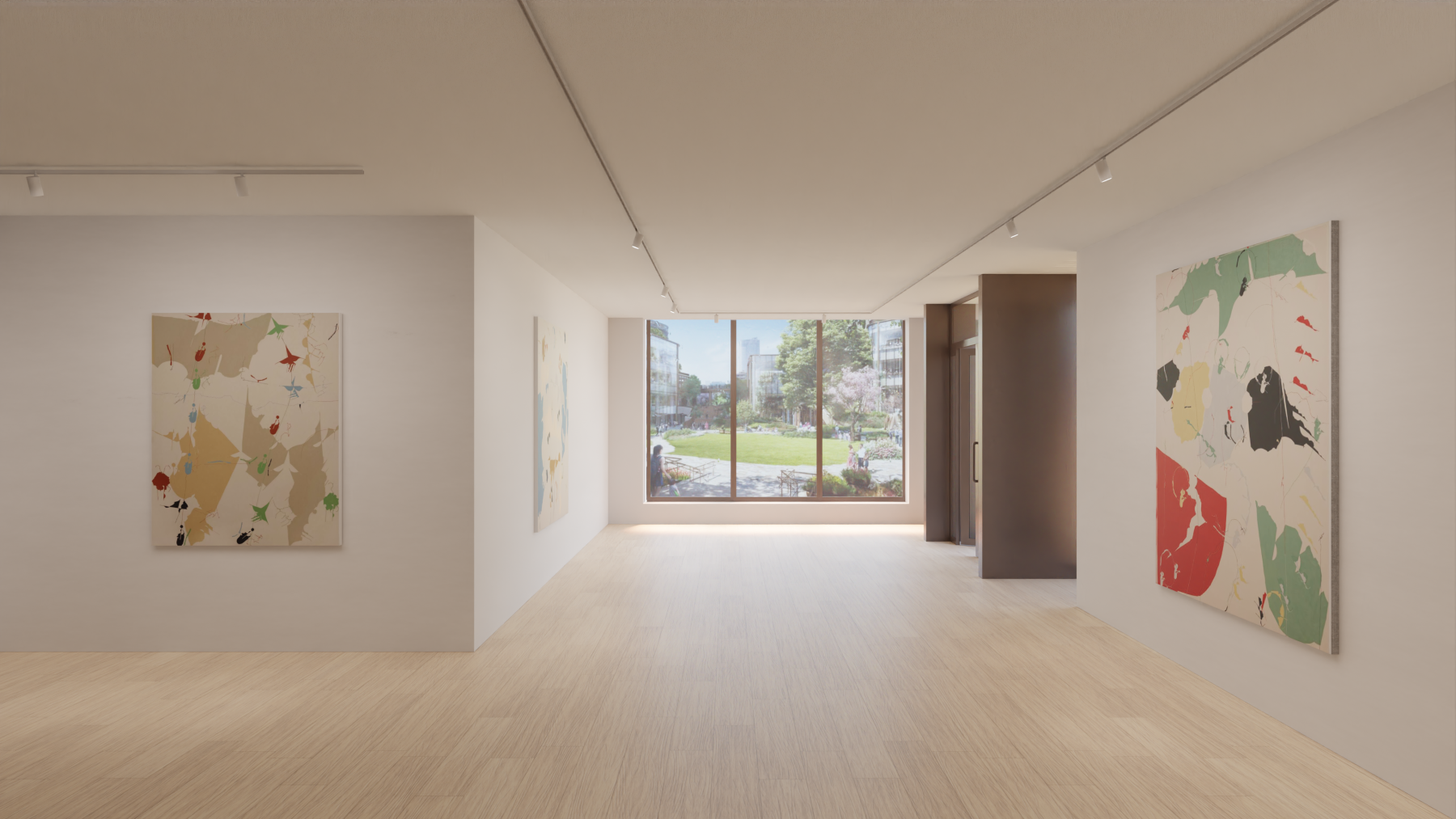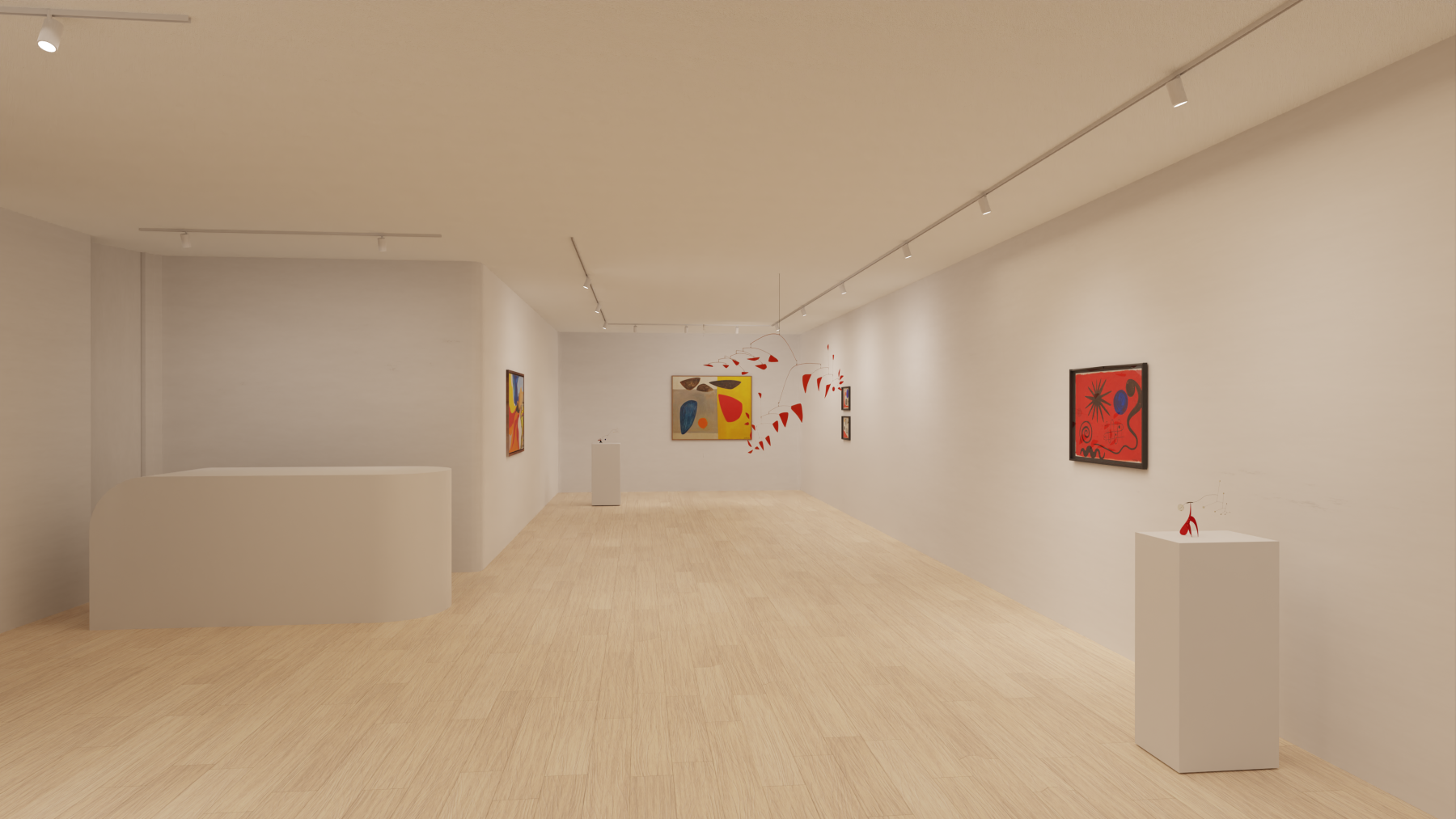Pace Tokyo: Pace is Opening New Gallery Space in Tokyo in Spring 2024

© DBOX for Mori Building Co., Ltd - Azabudai Hills
Pace has announced the opening of a gallery in the new Azabudai Hills complex in central Tokyo. The gallery is scheduled to open its doors to the public in spring 2024.

Since its founding by Arne Glimcher in 1960, Pace has developed a distinguished legacy as an artist-first, leading international gallery representing some of the past century’s most influential contemporary artists and estates. Pace holds a decades-long relationship with Alexander Calder, Jean Dubuffet, Barbara Hepworth, Agnes Martin, Louise Nevelson, and Mark Rothko, as well as deep ties to Japan’s artistic community. The gallery represents highly acclaimed domestic and international artists, including Lee Ufan, Yoshitomo Nara, Kohei Nawa, and teamLab.


Pace’s new gallery space will occupy the lower floors of a building designed by British designer Thomas Heatherwick. The gallery’s interiors spanning three floors and approximately 5,500 square feet - will be designed by Japanese architect Sou Fujimoto, whose practice focuses on the symbiotic relationships between the human body, the natural world, and architectural design. In addition to the 3,000 square feet of exhibition space on the first and second floors, the third floor provides space for outdoor sculpture and a private terrace integrated into the building’s concept of rolling hills.

Commenting on the new opening, Pace Gallery CEO Marc Glimcher says:
Tokyo is and has always been a key city in the international cultural scene. Over the past few years, Tokyo’s increasing importance in the Asian art ecosystem has become even clearer. As one of the great capitals of the world, it is a place where ancient and modern cultures combine with an incredibly vibrant contemporary art scene. I’m thrilled to announce that we will open a permanent gallery in Tokyo next year. Pace’s artists have always held Tokyo and Japan to be a touchstone of artistic innovation, so it is incredibly exciting to offer those artists a home and a team in this endlessly dynamic city. Tokyo will also give us an opportunity to spend more time with our Japanese artists and collaborate more closely with our colleagues in other Japanese galleries with whom we have had such long and productive relationships. We believe it is time for Japan to take its place again as one of the most prominent collecting communities in the world, and I hope that Pace can play an important role in that growth.











































